Hawthorn: introduction
From the Greek kràtaigos, “strength and robustness”, hawthorn is known in botany as Crataegus monogyna, in reference to its hard and solid wood, still used as a good fuel.

Hawthorn is widely used in phytotherapy for its phytocomplex, but it is also used as an ornamental plant for its beautiful flowers. In the past, hawthorn was also cultivated to create impenetrable barriers thanks to its pointed thorns; furthermore, its fruits are used for food purposes, both for the preparation of syrups and jellies, and for the production of flours, suitable for a particular type of bread.
Botanical description
Just like Rosehip And Potentilla, also Crataegus monogyna (also called Crataegus oxyacantha) belongs to the Rosaceae family: hawthorn is a spontaneous shrub - or small tree - that grows easily anywhere, capable of reaching even 6-10 meters in height. It grows especially in wooded and bushy areas, up to 1,500 meters above sea level; it is particularly widespread throughout Europe, North America, North Africa and North Asia.
The shrub appears very branched, and its branches - at first reddish, then greyish - are made up of numerous sharp thorns. The leaves, always deciduous, are alternate and have a rather variable shape, with always toothed margins: from 2 to 4 centimeters long. , are petiolate and deeply incised.
The hawthorn flowers, on the other hand, grouped in corymbs from 5 to 25, are hermaphroditic and five-lobed: the white inflorescences open in spring (approximately between April and May), showing woolly peduncles.
The fruits are elliptical-ovoid, rather small (diameter: 1 cm), painted red: they contain a seed, hidden inside the stone. The fruits of the hawthorn ripen in the first winter period, between November and December; as mentioned above, the fruits are used to prepare jams or make syrups, and the ground infructescences - after drying - are used to make flour.
Phytocomplex
In herbal medicine, hawthorn - as we will analyze in more detail in the next article - is widely used to treat arrhythmias, mild heart failure, palpitations, hypertension and anxiety syndrome. The drug consists of flowering tops, leaves, flowers and, only to a limited extent, woody parts: hawthorn is rich above all in flavonoids, leucoanthocyanidins, sterols, amines, catechins, phenolic acids and triterpene and phenolcarboxylic acids. But let's see the chemical constituents in detail.
The leaves mainly contain flavonoids (vitexin, iso-vitexin, rhamnosil-vitexin, rutin, apigenin), monometric leucoanthocyanidins, dimers and trimers, (procyanidins also known as picnogenols) also present in fruits.
The flowers, which are also a source of flavonoids, contain mainly hyperoside (1-3%).
The essential oil gives off a pleasant fragrance thanks to the anisic aldehyde.
As we have seen, the phytocomplex is very articulated, made up of a multiplicity of molecules with similar or different activity: this heterogeneity represents a rather problematic limit for the use of hawthorn-based preparations. In fact, the percentage of the different molecules in herbal preparations it is not defined, because it depends both on the species considered, both on the moment of harvesting and on the method of extraction of the compound.
In the next article the most important phytotherapeutic properties, toxicity and possible side effects related to the intake of hawthorn will be analyzed.
Other articles on "Hawthorn"
- Hawthorn, phytotherapeutic properties of Hawthorn
- Hawthorn in brief, summarized on Hawthorn

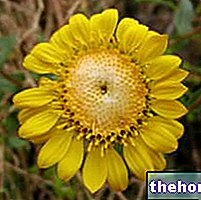
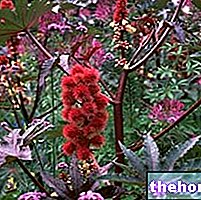
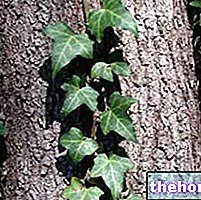
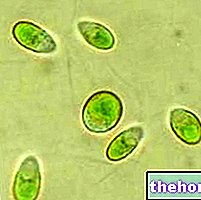
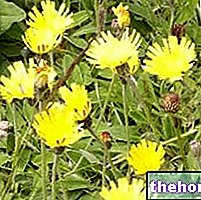
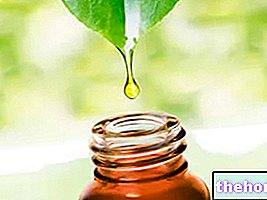
















-nelle-carni-di-maiale.jpg)




